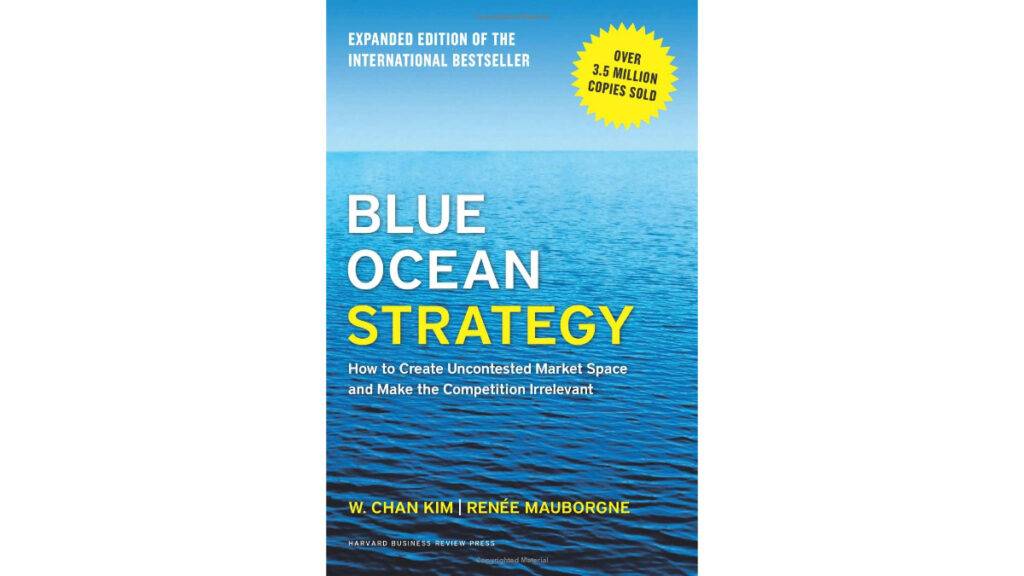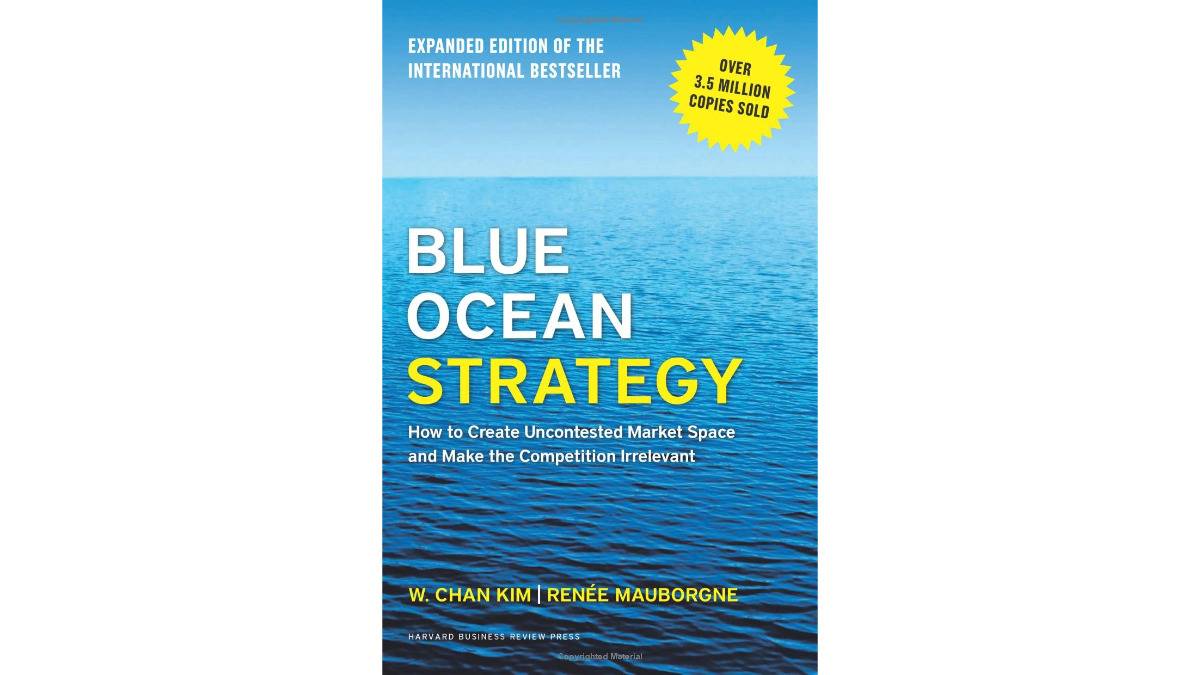During my MBA program, I discovered a book that completely changed how I think about strategy: “Blue Ocean Strategy” by W. Chan Kim and Renée Mauborgne. This approach wasn’t just another framework to add to my toolkit. It fundamentally reshaped my perspective on markets, competition, and value creation.
The Core Concept
The central premise of “Blue Ocean Strategy” is a compelling dichotomy between Red Oceans and Blue Oceans.
Red Oceans represent saturated, highly competitive market spaces where companies fight ruthlessly for market share. Products quickly become commoditized. Profits and growth shrink as companies try to outdo each other.
In contrast, Blue Oceans depict untapped market spaces ripe for value innovation. Instead of competing within existing industry boundaries, blue ocean strategies seek to unlock new demand and create new markets.
In the book, the circus industry example brought this concept to life. Traditional circuses focused on animal shows, star performers, and various acts. This strategy led to rising costs and limited profitability as the industry competed on a fixed-demand pie.
Cirque du Soleil reinvented the circus by eliminating animals, combining circus arts with musical theater, and appealing to adult audiences. They created uncontested market space and explosive growth.
The Secret Sauce: Value Innovation
What makes “Blue Ocean Strategy” so potent is its emphasis on value innovation. Most companies get stuck in a cycle of differentiation or low-cost strategies. Value innovation charts a third way.
According to the authors, you simultaneously pursue differentiation and cost leadership. How? By eliminating and reducing factors that industry competitors race to beat each other on but don’t deliver value. And by raising and creating factors that offer unprecedented value.
This value innovation aligns with buyer needs while opening new profit and growth opportunities. Cirque du Soleil is a prime example, delivering an unprecedented experience at accessible price points.
Turning Theory into Practice
The book offers several frameworks to apply these principles, including:
- The Eliminate-Reduce-Raise-Create Grid: Pushes you to rethink your strategic approach and focus on creating new value.
- The Strategy Canvas: Visually maps your strategy against competitors and identifies areas for innovation.
These are more than just elegant theoretical concepts. They offer actionable insights for creating and capturing blue oceans.
I’ve used these frameworks in my investment philosophy to discover assets with significant potential to disrupt or create industries. Rather than chasing overcrowded markets, I’ve identified companies that deliver value in a new way while providing diversification benefits.
Aligning with The Future of Business
“Blue Ocean Strategy” was originally published in 2005 but feels more relevant than ever. With today’s emphasis on innovation, sustainability, and purpose, these principles provide a timeless approach to strategy.
Rather than benchmarking competitors, you focus on making the competition irrelevant by creating new market spaces. This aligns perfectly with the next era of business, where purpose-driven value creation will be imperative.
A Mindset Shift
“Blue Ocean Strategy” inspired a profound mindset shift for me. Instead of being constrained by existing industry conditions, I developed the courage to question assumptions and reconstruct market boundaries.
My key takeaway was learning to balance ambition with pragmatism. Blue ocean strategies require bold imagination but disciplined execution. Breakthroughs emerge from seeking risk-mitigated value innovation.
If you haven’t yet read “Blue Ocean Strategy,” I highly recommend picking up a copy of the book. It provides an invaluable perspective on strategy and innovation that every business leader should explore.
Let me know your key takeaways and insights from the book and how you’ve applied the concepts. What new market spaces has it helped you identify or create? I’m excited to keep the conversation going!
This post may contain affiliate links, which means I may receive a commission if you click a link and make a purchase. However, my opinions and recommendations remain my own, uninfluenced by any potential earnings.
Before you go…
- Subscribe via email to receive future articles and updates.
- Share this post with friends and colleagues who may find it insightful.


